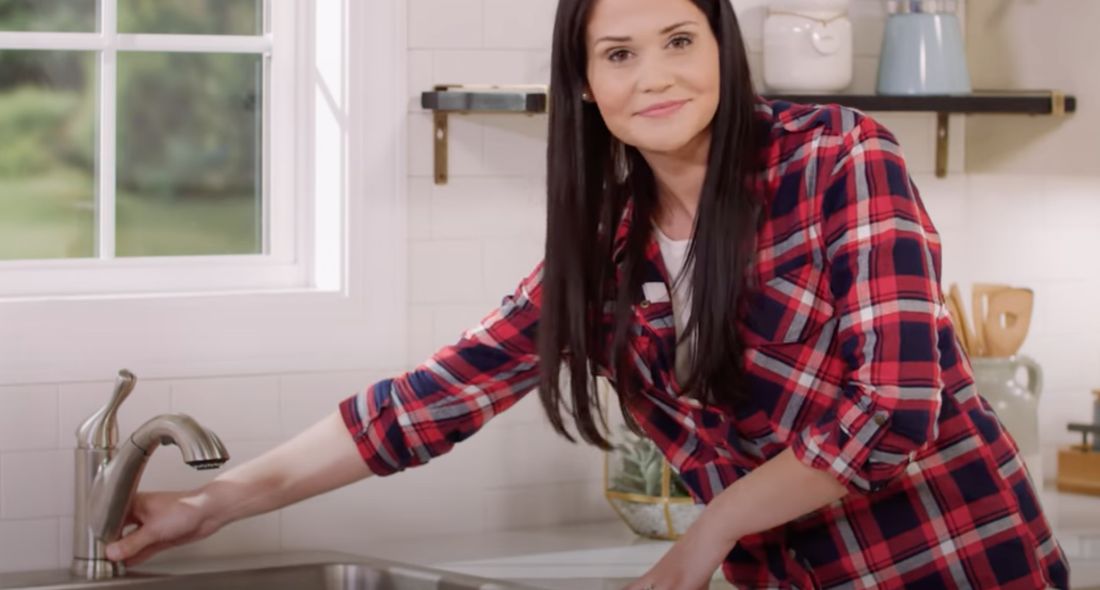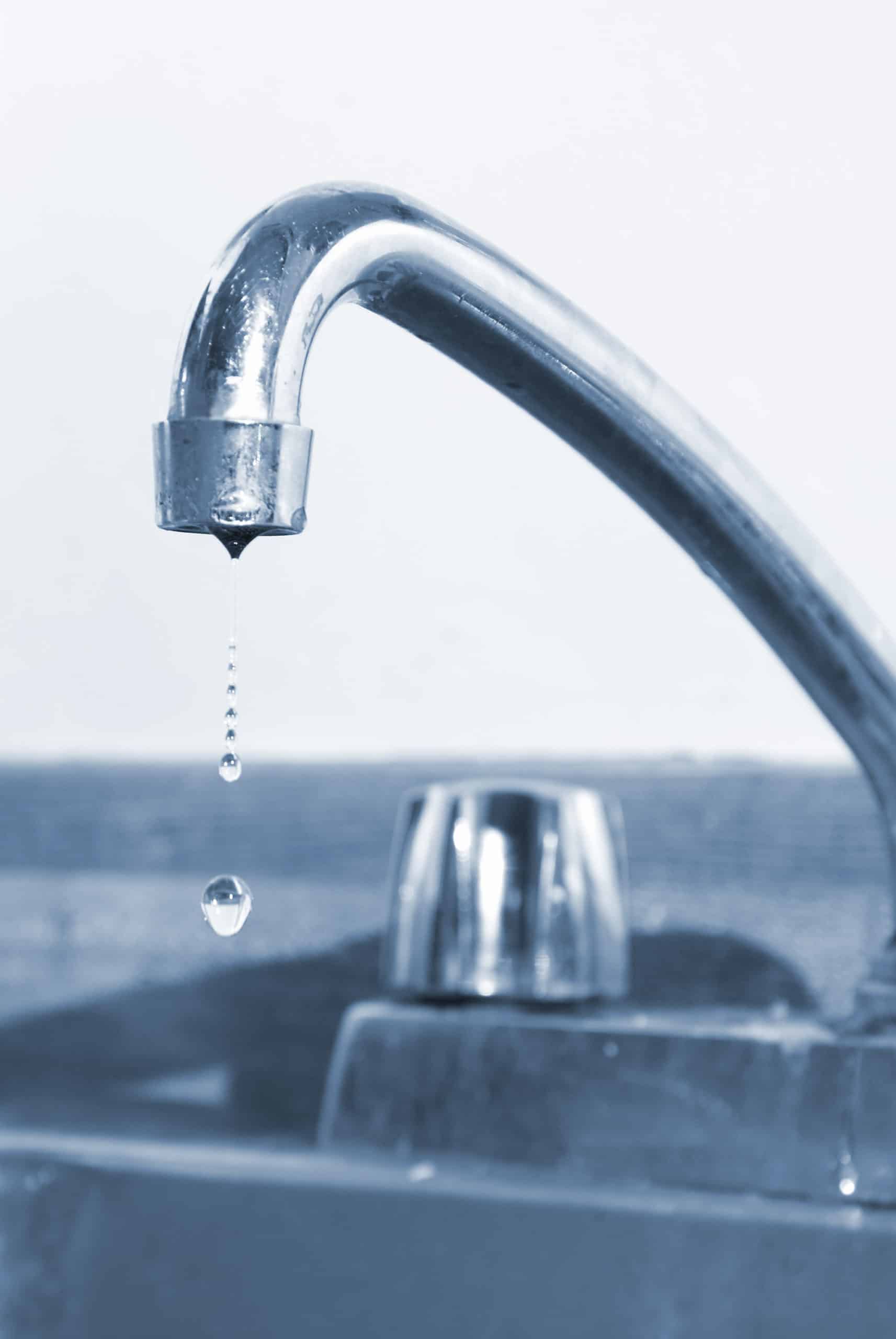Learning the Importance of Dealing with a Leaking Faucet
Learning the Importance of Dealing with a Leaking Faucet
Blog Article
On this page below you can get additional wonderful information and facts involving What Causes Leaky Faucets & How To Fix Them.

Leaking faucets could look like a minor inconvenience, yet their influence goes beyond simply the nuisance of the sound. From drainage to incurring unneeded financial costs and health and wellness dangers, disregarding a leaking faucet can lead to various repercussions. In this article, we'll explore why it's essential to address this typical household problem quickly and properly.
Wastage of Water
Ecological Effect
Trickling taps contribute substantially to water wastage. According to the Environmental Protection Agency (EPA), a single faucet trickling at one drip per secondly can squander greater than 3,000 gallons of water annually. This not only strains water resources but additionally impacts environments and wildlife based on them.
Step-by-Step Guide to Dealing With a Dripping Faucet
Tools Required
Prior to trying to repair a leaking tap, collect the required tools, consisting of a flexible wrench, screwdrivers, substitute components (such as washing machines or cartridges), and plumber's tape.
Usual Tap Issues and Their Solutions
Identify the type of faucet and the particular issue causing the drip. Common problems consist of damaged washers, rusty shutoff seats, or faulty O-rings. Describe manufacturer instructions or on-line tutorials for step-by-step assistance on repair work.
Financial Prices
Boosted Water Expenses
Past the ecological effect, leaking faucets can inflate water costs substantially. The built up wastage in time translates right into greater utility expenditures, which can have been prevented with prompt repair work.
Prospective Property Damage
Additionally, extended trickling can bring about harm to components and surface areas surrounding the tap. Water buildup can trigger discoloration, deterioration, and also structural issues if left neglected, leading to extra repair work costs.
Health and wellness Issues
Mold and Mold Growth
The constant existence of wetness from a dripping faucet creates a suitable atmosphere for mold and mildew and mildew growth. These fungi not just endanger indoor air top quality but also posture health dangers, specifically for individuals with respiratory problems or allergic reactions.
Waterborne Illness
Stagnant water in dripping faucets can end up being a breeding place for germs and other virus, raising the threat of waterborne conditions. Impurities such as Legionella microorganisms grow in stagnant water, potentially bring about major health problems when ingested or breathed in.
DIY vs. Specialist Repair work
Benefits and drawbacks of Do It Yourself Fixing
While some might try to deal with a trickling tap themselves, do it yourself fixings feature their very own set of challenges. Without proper expertise and devices, DIY attempts can worsen the issue or result in insufficient repairs, prolonging the trouble.
Advantages of Working With a Professional Plumber
Hiring a professional plumber makes sure that the underlying cause of the dripping tap is attended to properly. Plumbers possess the competence and equipment to detect and repair faucet concerns effectively, conserving time and lessening the risk of additional damages.
Environmental Duty
Private Contribution to Conservation
Taking duty for repairing trickling taps straightens with broader initiatives towards water preservation and ecological sustainability. Every individual's actions collectively make a significant effect on protecting valuable resources.
Lasting Living Practices
By prioritizing punctual repairs and embracing water-saving habits, individuals contribute to lasting living methods that benefit both present and future generations.
Preventive Measures
Normal Maintenance Tips
To stop leaking faucets, execute routine upkeep such as cleaning aerators, checking for leaks, and replacing damaged parts immediately. Furthermore, consider mounting water-saving tools or updating to extra reliable components.
Significance of Prompt Repair Works
Addressing trickling faucets as quickly as they're seen stops additional water waste and prospective damage, inevitably saving both water and cash in the long run.
Impact on Home Value
Assumption of Well-Maintained Building
Preserving a home in good condition, consisting of attending to maintenance concerns like trickling faucets, boosts its regarded value and worth amongst possible buyers or renters.
Influence on Resale Value
Residences with well-maintained plumbing fixtures, including taps, command greater resale values in the property market. Addressing trickling taps can add to a positive impact during building examinations and settlements.
Verdict
Addressing a trickling tap goes beyond simple ease; it's an essential action toward saving water, minimizing monetary expenses, and protecting health and residential property. Whether via DIY repair work or specialist assistance, taking action to deal with trickling taps is a tiny yet impactful means to promote responsible stewardship of resources and contribute to a much healthier, a lot more sustainable future.
How to Fix a Leaky Faucet: Step-by-Step Repair Guide
A leaky faucet may seem like a simple annoyance, but if it's not fixed promptly, that leak could cost hundreds to potentially thousands. From water damage to mold, mildew, and high water bills, even a tiny leak can be catastrophic if left unattended. Damage like this can even affect the overall value of your home, so it's important to take the right approach for leaky faucet repair. You may need the help of a plumber in some cases, but we've got a few tips you can try on how to fix a leaky faucet before calling the pros.
Four Faucet Types
When you're learning how to fix a leaky faucet, the first step is knowing what kind of faucet you're working with! There are four common types.
Cartridge Faucets
Cartridge faucets come in one- or two-handled varieties. In one-handled cartridge faucets, hot and cold water combines in a single cartridge. In the two-handled versions, hot and cold water are controlled separately and mixed in the faucet.
Ball Faucets
Ball faucets have a single lever you push up and down to adjust the pressure and rotate to change the temperature. A slotted metal ball controls the amount of water allowed into the spout.
Compression Washer Faucets
They're the oldest type of faucet, but they're still used in many homes — especially older ones. Compression faucets have two separate handles that, when turned, raise or lower the washer that seals a water valve. This valve stops water from flowing through the faucet when it is turned off.
Disc Faucets
Disc faucets rarely need to be repaired due to their maintenance-free design. The water flow is controlled by two discs — the upper one raises and lowers against a fixed lower disc, creating a watertight seal. If your disc faucet starts leaking, you may need to replace the seals or clean residue buildup from the inlets.
Fixing a Leaky Faucet
Step 1: Turn Off the Water
Whether you're learning how to fix a leaky bathtub faucet or how to fix a leaky kitchen faucet, always turn off the water supply to your working area when you're fixing a leak. The last thing you want is a flood added to your list of things to fix.
Look for the shutoff valves below your sink or around the tub and turn them clockwise to stop the water flow. If your faucet doesn't have shutoff valves, you may need to turn off the water for the whole house. Check to make sure it's off by turning the faucet on. If nothing comes out, you're ready to start the repair.
Step 2: Take Apart the Faucet
How you disassemble your faucet depends on the type of fixture you have. You can use a flathead screwdriver to remove the caps on top of the handle or handles for cartridge and compression faucets. Inside, you should see handle screws. Unscrew these with a screwdriver to remove the handle.
Disc- and ball-style faucets will typically have an inlet screw near the handle, and removing that will reveal the interior of the faucet.
Detach the Valve Stem
For cartridge- and compression-style faucets, you'll see the inner valve stem or cartridge once you remove the faucet handles. If you have a compression faucet, unscrew the brass valve stem. If you have a cartridge faucet, pull out the cartridge. If your cartridge has been in place for a while, it may require some tools or extra force to remove it due to mineral deposits.
Examine and Replace Parts
Once you've removed the parts, check them out to confirm what needs to be replaced. You may see corroded rubber washers, O-rings, stems, or cartridges. On a ball-style faucet, check the seats and springs for damage.
If you need to repair a leaky disc faucet, check the inlet and seals on the lower disc.
Once you determine what parts must be replaced, visit your local hardware store. Bring the damaged parts with you to ensure you can purchase the correct components to replace them.
Clean Valves and Faucet Cavity
If you've removed a stem or cartridge, you may notice mineral buildup in the faucet's threads. Use white vinegar to clean the valve seat by soaking it for a few minutes, then scrub it away with a soft toothbrush and rinse with warm water. You can also clean the interior of the faucet in the same way.
Reassemble the Faucet
Once your faucet is cleaned and the required parts have been replaced, it's time to reassemble it. Put the pieces back together and slowly turn the water supply back on. Doing this slowly is crucial because too much initial water pressure can damage the new hardware you've just installed.
https://homewarranty.firstam.com/blog/how-to-fix-leaky-faucet

Hopefully you enjoyed our topic about Why Are My Faucets Dripping (And Can I Fix It Myself)?. Thanks so much for taking the time to read through our article. Those who enjoyed our post if you please consider to pass it around. I praise you for being here. Kindly check our website back soon.
Report this page